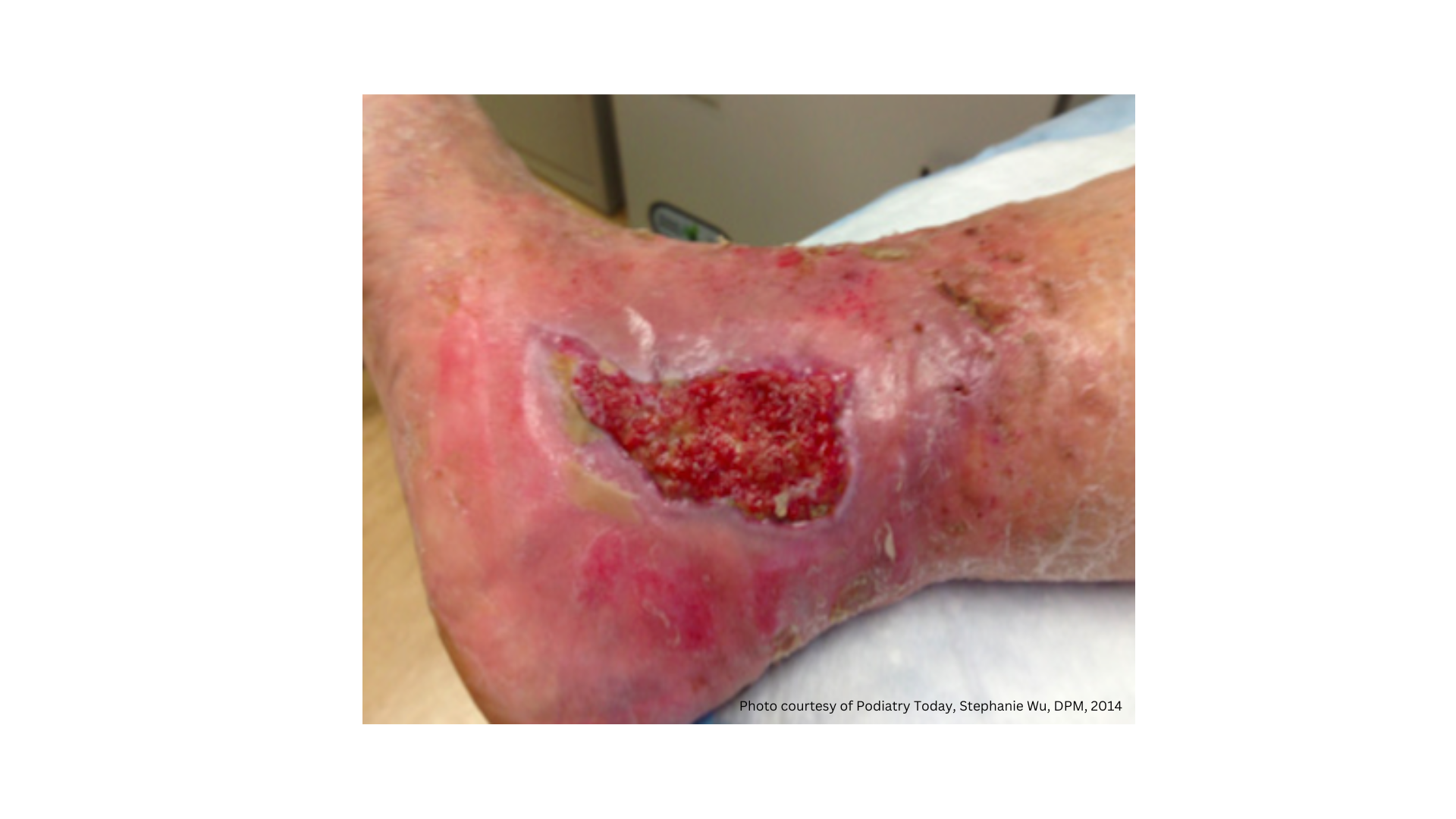Thoughts on Cross Contamination in Wound Care
April 10, 2014
By Michel H.E. Hermans, MD A recent article in Mayo Clinic's Proceedings1 studies contamination of stethoscopes. After a standardized physical examination, several parts of the physicians' hand were cultured and the results were compared to cultures of the stethoscope diaphragm and tube. As it turned out, fingertip contamination was highest but the diaphragm of the stethoscope showed a higher level than the thenar eminence of the physician's hand. The conclusion of the article stated that the stethoscope may play a serious role in cross contaminating patients. The study was executed well and the conclusion valid, which thus raises the question: what do we do about it? Wipe the entire stethoscope (the tubes were contaminated as well), use a diaphragm cover or a separate stethoscope for each patient? This type of study is not new. The authors themselves quoted a series of similar articles, with one going back to 1972.2 Other studies have shown similar threats from neckties3,4 and white coats. Guidelines on how to minimize the chance of cross contamination are abundant and have been around for a long time. Most hospitals have their own guidelines, many of them based on those issued by the World Health Organization.5
Common Cross Contamination Mistakes to Avoid
Unfortunately, many clinicians do not follow these guidelines. I have visited wound care clinics all over the world and have seen many "safety breaches," not only in so called third world countries but here in the US as well, and often in well recognized clinics. Notorious examples: peeking at an ulcer while lifting a dressing with one's bare hands and doing the same with the next patient, no hand washing in between. Not changing (all) equipment after debridement is another one. A recent observation in a local hospital: using a pillow that was just dropped on the floor for a patient using anticancer drugs, who was thus immunocompromised. All these examples have a predictable outcome – a higher contamination, and, possibly, clinical infection rate – and they can all be avoided by preventing contaminated equipment and devices coming in contact with patients.
Unexpected Culprits in Cross Contamination
Sometimes the cause of cross contamination is difficult to find and it may come from unexpected sources. When I worked as an MD in a burn center (which, granted, was a long time ago) we suddenly had an outbreak of Pseudomonas in most of our patients. We had very strict rules with regard to sterility and hygiene and burn personnel is usually quite good in following these rules. After long, expensive and extensive searches, we found that the bugs were hiding on the inside of the shower heads used for wound cleaning. Subsequently, every patient had a designated shower head and the problem went away. The point: sometimes cross contamination and infection comes from unexpected sources. However in many cases we, the health care workers, are the culprit simply because we do not realize what we do and how we behave. We constantly need to think about cross contamination and how using simple, albeit it sometimes time consuming or annoying measures, we can help reduce infections in our patients. By doing so we will make health care better, safer and less expensive.
References
1. Longtin Y, Schneider A, Tschopp C, Renzi G, Gayet-Ageron A, Schrenzel J, Pittet D. Contamination of Stethoscopes and Physicians' Hands After a Physical Examination. Mayo Clinic Proceedings March 2014 89(291-299).
2. Gerken A, Cavanagh S, Winner HI. Infection hazard from stethoscopes in hospital. Lancet 1972;1(7762):1214-5.
3. Abuannadi M, O'Keefe JH, Brewer J. Neckties for physicians: Yes? No? Maybe? Mo Med 2010;107(6):366-7.
4. Pisipati S, Bassett D, Pearce I. Do neckties and pens act as vectors of hospital-acquired infections? BJU Int 2009;103(12):1604-5.
5. World Health Organization. WHO guidelines on hand hygiene in health care, 2009.
About the Author
Michel H.E. Hermans, MD, is an expert in wound care and related topics, trained in general surgery, trauma care and burn care in the Netherlands. He has more than 25 years of senior management experience in the wound care industry. He has conducted a large number of clinical trials relating to devices and drugs aimed at wound care and related indications and diseases. Dr. Hermans speaks internationally and has authored many published works relating to wound management.
The views and opinions expressed in this content are solely those of the contributor, and do not represent the views of WoundSource, HMP Global, its affiliates, or subsidiary companies.








